
We’ve loved and lost a few fiddle figs over the years—as many of you know, they’re a fickle bunch. But in the process, I’ve gleaned some tips for keeping them alive. Here’s what I’ve learned…

Wait to re-pot: If you bring home a healthy tree, do your best to avoid repotting it—at least until you see new growth. They need time to adjust to their new environment. If I can, I often avoid repotting all together!
Place them in bright, but indirect, light: You’ll notice the leaves reaching for the sun, but they can get burned if the light hits them too directly. Southern Exposure tends to be ideal. They also tend to like warmer temperatures—so don’t leave them out overnight!
Stick to a spot: These plants do not like to be moved from place to place.
Avoid overwatering: Once a week is the most you should be doing. Honestly, I’ve noticed that some of our most successful plants prefer it when we ignore them for a while. Let the soil drain before watering again, using a finger to check that the top inch of soil is dry.
Dust the leaves: The massive leaves collect a lot of dust, which prevents the leaves from absorbing the sunlight. Dust the leaves every couple of weeks and, in the winter, when it’s especially dry inside, consider giving them a light mist.
Feed them: Every other week, during growing season—spring and summer—mix some fertilizer in with your water. I bought this awesome “Comeback Formula” fertilizer on Jenny’s recommendation and definitely saw improvement when one of our trees was stressed.
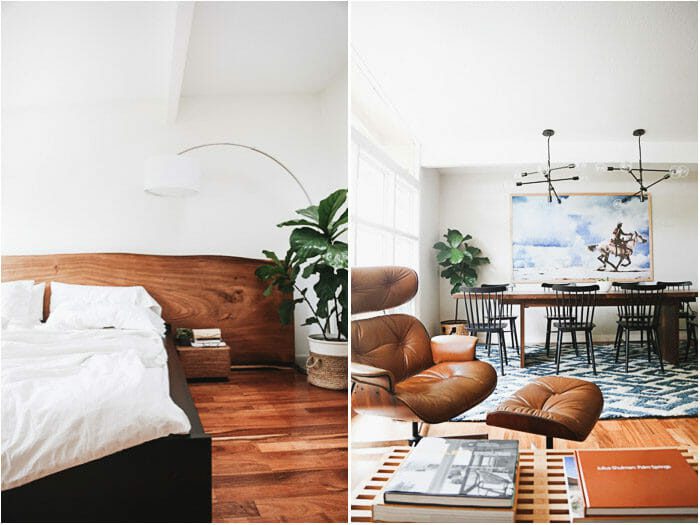
Be patient: Two of the plants which have done the best in our house—those giant ones in our bedroom, above—came from Ikea. Here’s what they looked like four years ago, when I photographed our house for a home tour. (I moved both into the bedroom just after this, when we found the larger plant for the dining room.) There’s a lot of indirect light in there, so I imagine that helps, but I also think these were young enough to be moved and repotted without much upset.
Another reason to be patient? The plants go dormant in the winter, so don’t expect to see much growth until spring or summer comes around.

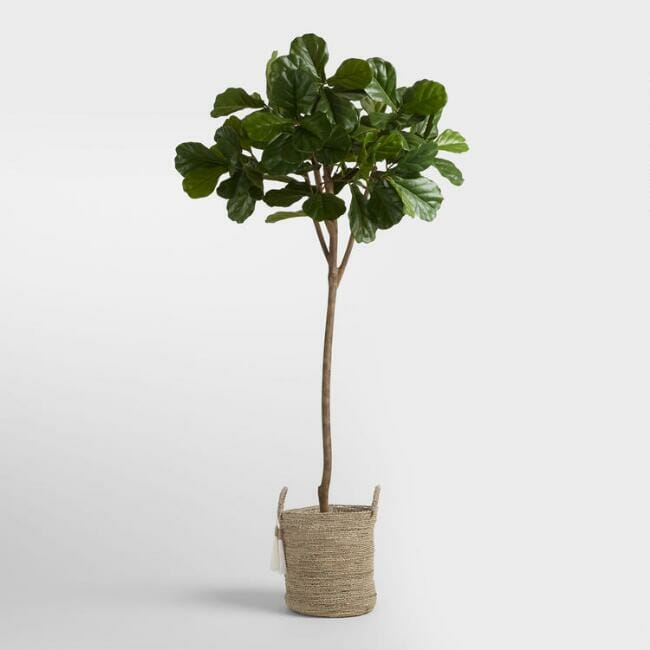
Now, if you’re watching those $150-$250, six-foot-tall trees die, or you want the look but don’t have the light in your apartment (or the patience), the fake versions have gotten good! I just checked out this World Market Faux Fiddle Fig in person last week, and it’s so real looking! It has a nice single trunk, the leaves look life-like, and you could place the entire thing in a proper pot or basket and cover it with dirt or rocks to make it look just like the real thing.
I’ve also heard good things about these two on Amazon, Nearly Natural Fiddle Fig and Silks are Forever, but I haven’t checked them out in person yet.
Can you add any tips I’ve missed? Has anyone had success in notching the stalk to create new branches?
P.S. A great place to look for houseplants that you may have overlooked!







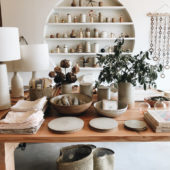











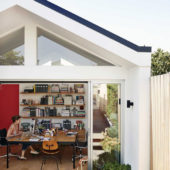
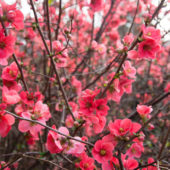


















5 Comments